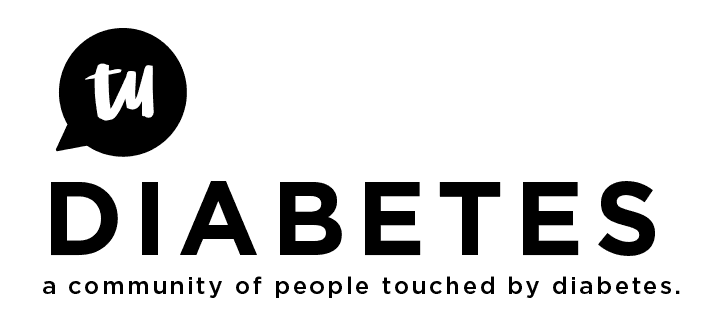Hi Kelsie. If you have a rollercoaster type of control with lots of highs and lows then your stamdard deviation (SD) is high. If the control is much more even without the rollercoaster effect then the SD is low. A low SD is very much desirable. The lower the better. The SD measures the amount of spread of a set of data from the arithmetic average of that data.
If your last 10 BG’s are 89,112,34,78,156,237,160,70,100, 82 then the BG average is 112 and the SD is 55.
If your last 10 BG’s are 89, 112, 78,130, 142, 95,71,109, 88, 100 then the BG average is 101 and the SD is 21.
The first set of numbers shows pronounced highs and lows spread far from the average of 112. So there is a lot of deviation of the data from the average of 112.
The second set shows much less pronounced highs and lows located much closer to the average of 101. So there is not as much deviation from the average of 101.
I have researched the SD for diabetics and I found that it is desirable for the SD to be less than 30 for good control. I think that is an upper extreme though. My current SD in my own control for the past 3 months is 23. I need to improve that in the coming year.
Research has shown that a good BG average is not enough to establish good control if the SD is high. A rollercoaster type of control with highs and lows and a large SD can produce diabetic complications long term even if the BG average is consistently good. To have really good control we need a good average and a small SD. That will help very much to enable us to have a long, healthy life without serious complications.
Now, are you sorry you asked??? Lol!!!
